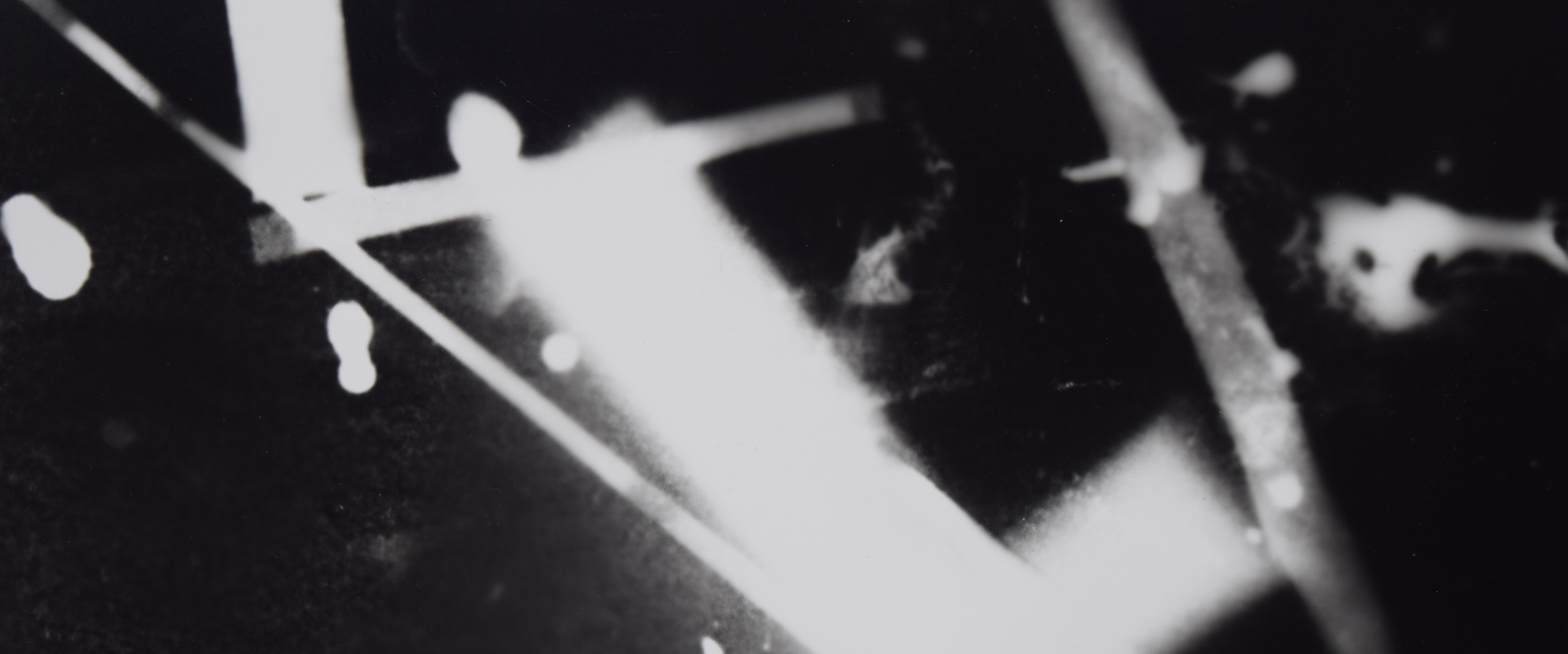The theme of the human body as landscape and the biological link between humanity and nature.
Filmic Modalities
An Ecology of Mind
We are so accustomed to thinking of aesthetic phenomena as a discursive or representational construct, that we often forget that without arousal of perception, no aesthetic experience is possible.
Going beyond what it may represent into the important psychic information it contains
Bateson credits art with playing the role of confronting the quantitative limit built into consciousnesses
Art assists mind in recognizing that the potentiality of heightened consciousnesses exist and that it resides in you and in me
Perception of Environment/Relational Situations
Tim Ingold
Each thing framed dwells in the world differently.
The frame and framing, through its configuration, must never offer a gap or a bridge through which as it were, the world could get in, or from which the picture could get out.
The picture frame reminds us that the work of art, while it hangs in our room, does not disturb our day-to-day sentient and perceptual ecologies.
It is like an island in the world that waits until one approaches it and which one can as well pass by and overlook.
On The Picture Frame, Simmel
Art becomes art by virtue of literal and institutional framing
Aesthetic contemplation blurs reals and emotional space in a way that produces tangible affects in the world
The thinking hand that mediates a haptic bridge in which creating and holding, becoming and grasping are all practical everyday activities extending the thinking body
Objects that stand in two worlds at once and becoming drawn into the movement of practical life through the virtue of being held in the hand
The intermingling of persons and objects in pictorial space and the aesthetics of the intermingling of function and form in everyday things
The pictorial space is one in which persons and images intermingle and passions can be aroused.
Art and Agency, Alfred Gell
Nature as “Comfort Zone” in the Films of Andrei Tarkovsky by Donato Totaro
In this essay Totaro analyzes the unique thematic and aesthetic import of Tarkovsky’s use of nature.
Tarkovsky relies on nature and natural phenomena to underscore and often dictate the time-pressure (rhythm) of a shot. The movement of time, its flux and quality, flows from the life-process that is recorded in the shot. Even though the fires, downpours and gusts of wind are staged, re-shot or recreated there still remains the spontaneous element of “nature’s time” within the filmic time. Each of the natural events and elements (water, wind, fire, snow) have their own sustained rhythm. Tarkovsky uses these natural rhythms to express his own, that of his characters and the temporal shape of the film (23-24).
I would like to conclude this analysis of Tarkovsky’s unique use of nature as a ‘comfort zone’ by saying a few things about his two science-fiction films, Solaris and Stalker. Solaris is based on the great same-titled science-fiction novel by Stanislaw Lem. The many philosophical and ethical differences between the novel and film can be summarized by the fact that, whereas the novel begins in space on the Solaris space station orbiting the planet Solaris, the film begins with a 45 minute prologue on earth, which establishes the importance of home, family, and ‘mother’ earth to the psychologist Kris Kelvin (and by extension all humans), who is soon to leave for outer space. The theme of the human body as landscape and the biological link between humanity and nature is established right from the opening, a (second) slow motion close-up shot of plant life swaying under a crystal clear stream that slowly pans right to reveal the hand of a man wearing brown trousers and a dark leather coat standing amidst waist high reeds.
http://offscreen.com/view/nature_as_comfort_zone
Waverley Abbey
Reflected ruins in flooded interior












No comments:
Post a Comment